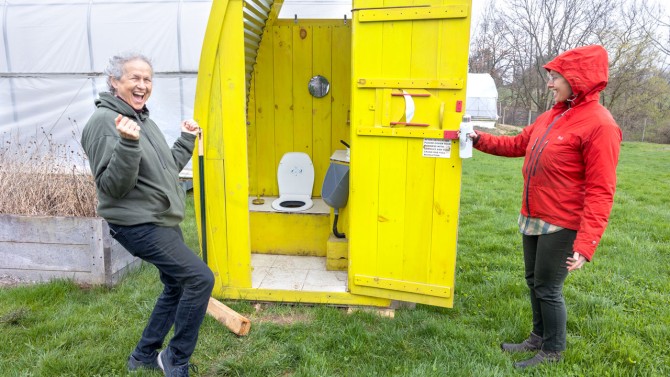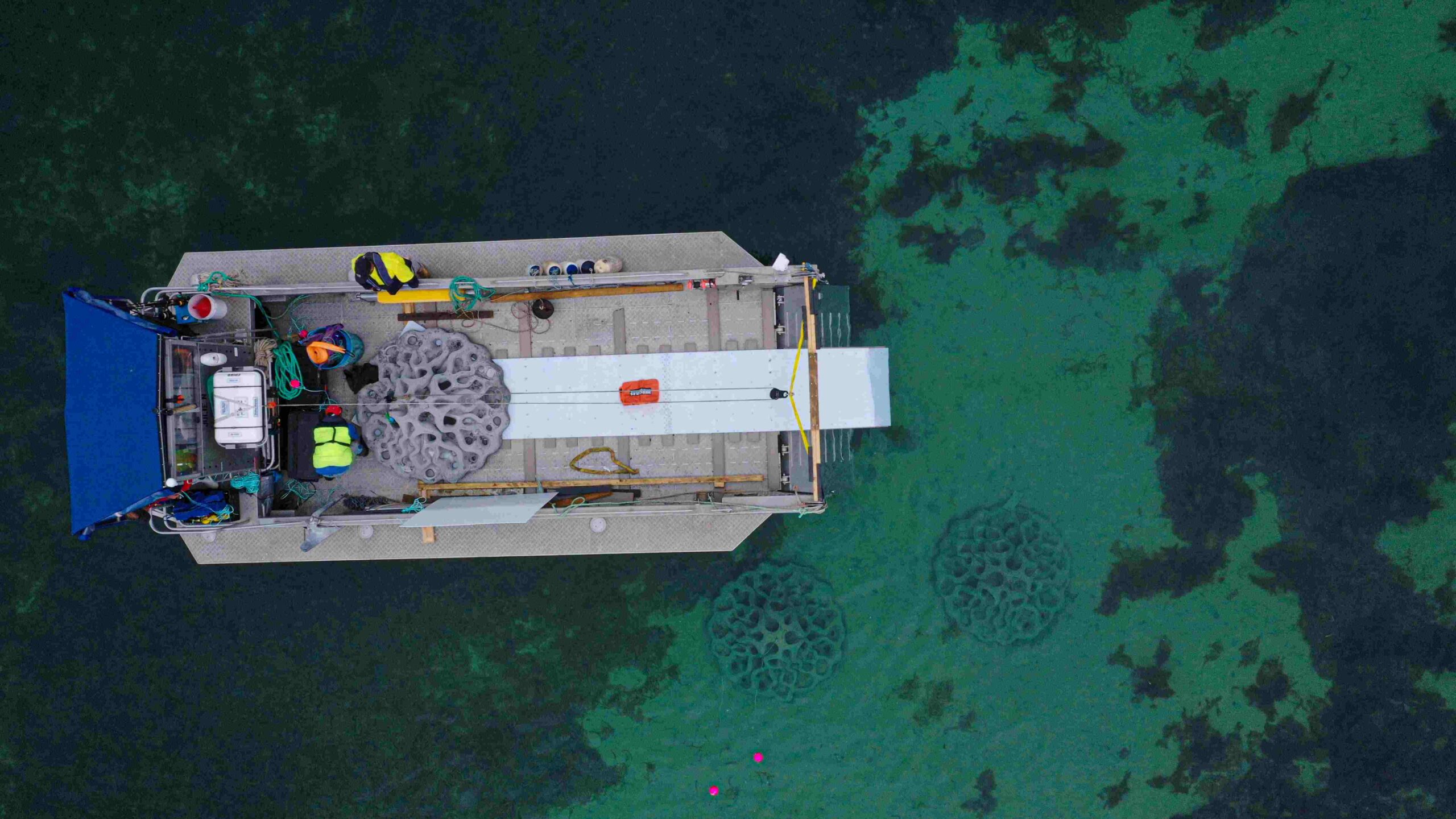(Note: A complete summary of today’s Security Council meeting will be made available after its conclusion.)
THREATS TO INTERNATIONAL PEACE AND SECURITY
Briefings
ADEDEJI EBO, Director and Deputy to the High-Representative for Disarmament Affairs, speaking on behalf Izumi Nakamitsu, High Representative for Disarmament Affairs, noted that since the last briefing on 27 October, provision of military assistance to the armed forces of Ukraine has continued in the context of the full-scale invasion of that country – launched by the Russian Federation on 24 February 2022 in violation of the UN Charter and international law. Transfers reportedly include battle tanks, armoured combat vehicles, combat aircraft, helicopters, large-calibre artillery systems, missile systems and uncrewed combat aerial vehicles. There also are reports of the transfer of depleted-uranium tank ammunition to the Ukrainian forces and of States transferring, or planning to transfer, uncrewed aerial vehicles and ammunition to the Russian Federation armed forces for possible use in Ukraine. As stressed by the High Representative, any transfer of weapons must take place within the applicable international legal framework.
Voicing concern over reports of anti-personnel landmines and cluster munitions in Ukraine, he called for an “immediate end to the use of these horrendous weapons which have lasting and devastating impact on innocent civilians long after conflicts have ended”. Measures to address the risk of weapons diversion to unauthorized end-users are essential to prevent further instability and insecurity in Ukraine, the region and beyond. He cited legally binding instruments such as the Arms Trade Treaty and the Programme of Action on Small Arms and Light Weapons and its International Tracing Instrument, further welcoming the landmark adoption of the Global Framework for Through-life Conventional Ammunition Management. He urged States to join relevant treaties and agreements, and to fully implement their legal obligations under conventional arms control instruments to which they are party.
Under international humanitarian law, he recalled, parties to an armed conflict are prohibited from targeting civilians and civilian objects, and must take all feasible precautions to avoid, or at least minimize, incidental loss of civilian life. From 24 February 2022 to 11 December 2023, the Office of the United Nations High Commissioner for Human Rights (OHCHR) recorded 28,711 civilian casualties in Ukraine, with 10,058 killed and 18,653 injured – while the actual figures are likely higher. Regrettably, the use of armed uncrewed aerial vehicles against civilians and civilian infrastructure continues, while the Secretary-General has unequivocally urged all sides to avoid the use of explosive weapons in populated areas, including in Ukraine. All Member States must implement the Political Declaration on Strengthening the Protection of Civilians from the Humanitarian Consequences Arising from the Use of Explosive Weapons in Populated Areas in a meaningful manner. “The world cannot afford for this senseless war to continue,” he said.
…








